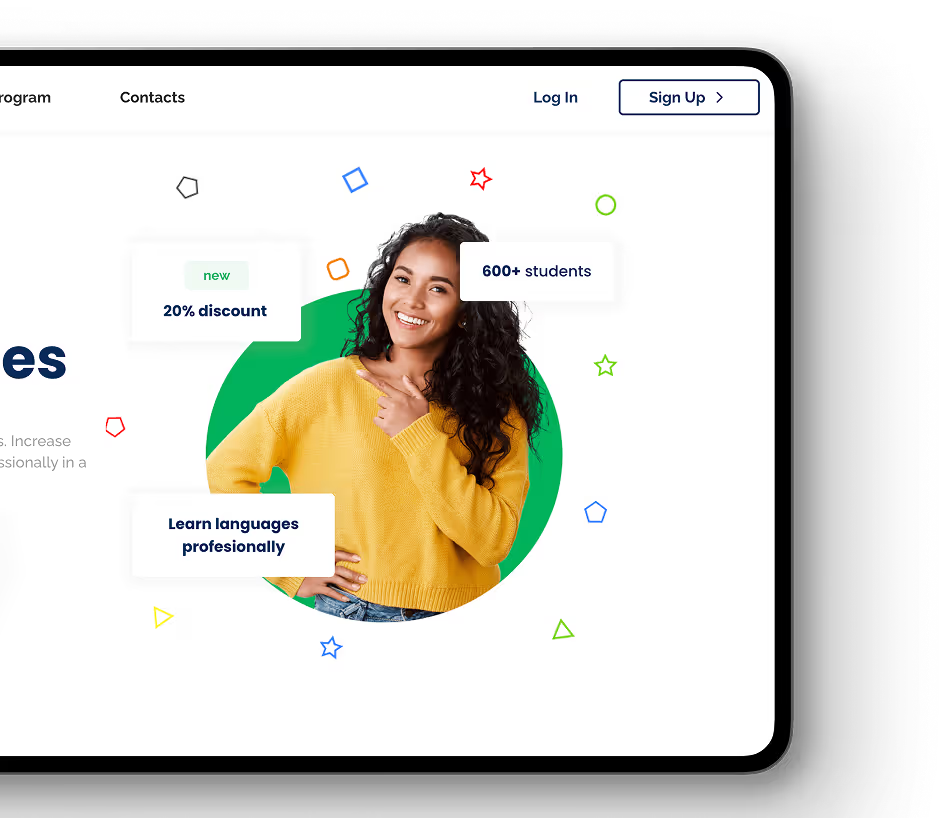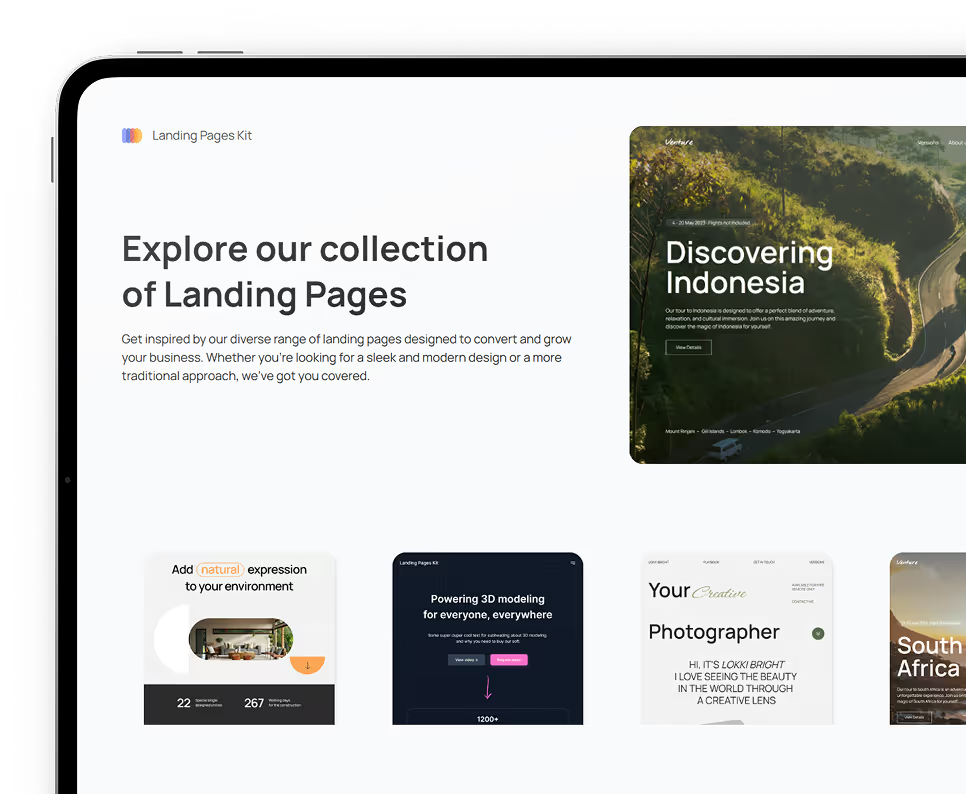March 24, 2023
•
5
min read
Building a Custom CRM System from Scratch
By knowing how to build a CRM system from scratch, you can ensure that it meets your specific business requirements and provides the best possible experience for your customers.

As your business grows, so will the need for a Customer Relationship Management (CRM) system to effectively manage customer data and interactions.
A Customer Relationship Management (CRM) system is an integral part of any modern business. It allows businesses to manage customer data, track interactions with customers, automate sales and marketing processes and analyze customer behavior. A custom CRM software can be tailored to the needs of a specific business and provide unique features that help it achieve its goals.
Your business can take advantage of a CRM system by creating one that is tailored to the needs of your company. By knowing how to build a CRM system from scratch, you can ensure that it meets your specific business requirements and provides the best possible experience for your customers.
Planning and Analysis
The planning and analysis stage lays the groundwork for how to build a CRM system from scratch successfully.
Define the Scope of the CRM System
Establish a clear scope and objectives for your CRM software. Consider the features that are essential to achieving your goals, as well as any non-essential features that you would like to include. It is also important to define who your users will be and what their roles will be in using the system.
Identify Your Business Requirements and Goals
Clearly define the goals of your CRM software and how it will help your business. Think about the tasks that you want it to accomplish and how they will fit into your overall business strategy. For example, do you need it to create custom CRM software for a no-code marketplace?
Analyze User Needs and Preferences
When designing your CRM software, you must consider the needs of your users. Ask yourself: who will be using the system and how will they interact with it? Consider their preferences for navigation, features, design elements, etc. This will help you design a custom CRM that is easy to use and intuitive for your end users.
Conduct Market Research
The CRM market is expected to reach USD 128.97 billion by 2028 from USD 58.04 billion in 2021. Research the competition and get a better understanding of the features and technologies that you may need to include to stay competitive.
Choose the Right Technology Stack
Your tech stack is your platform for building the CRM system. Consider the programming language, operating system, server environment and any other technologies that you need to use to build a successful system. For example, using a no-code development process such as Bubble allows you to develop your custom CRM quickly and efficiently, saving you time and money in the long run.
Designing the CRM System
Once the planning and analysis stage is complete, it’s time to design your custom CRM system.
Create a Database Schema
Design a database schema that will be used to store the customer data. This should include the structure and organization of your database tables, as well as any relationships between them.
For instance, if you need to store customer contact information and purchase histories, create separate tables for each type of data and establish a relationship between them. Again, building a Bubble database can help you circumvent any long development process,
Design the User Interface
The user interface is the face of your CRM software. Design it in a way that will make it intuitive and easy to use for all users. Consider design elements such as navigation menus, screen size, color schemes and other elements to create a pleasant user experience.
Create Wireframes and Prototypes
Before you start building, create wireframes or prototypes of your design. Wireframes are simple sketches of how the user interface will look and behave, while prototypes are interactive versions that can be used to test usability. Both will help you visualize how the final product will look and make sure that all the desired features are included.
Choose a Development Methodology
Choose an appropriate development methodology for your custom CRM system. The most popular choices are Agile and Waterfall. Each has its pros and cons, so do your research to choose the best option for your project.
Plan for Scalability and Extensibility
As your business grows, you may need to add features and plugins or scale up the system’s capacity. Plan for scalability and extensibility from the start to ensure that your CRM system can grow with your business. This will also help minimize future development costs.
For instance, if you have the plan to add new features in the future, design your system with this flexibility in mind. This could include using no-code automation tools or a database that is easy to expand and modify. With foresight and proper planning, you can create CRM software that meets all of your current needs – and those of the future. Through this methodical process, you can create custom CRM software that will help your business grow and succeed.
Implementing the CRM System
Now it’s time to bring your custom CRM system to life.
Set Up the Development Environment
Partnering with a CRM development team is the best way to ensure success. This development team will offer a wide range of no-code development services that will help you create the development environment, set up source control systems and establish a process for code reviews.
Also, make sure to select the right tools and technologies for the job. This includes selecting a development tool, database system and server environment. The development team can save you time by helping to select the right tools.
Create the Backend and Frontend Code
Once the development environment is configured, it’s time to start coding. The development team should be able to handle the backend and frontend code for your custom CRM system.
The backend includes the server-side code to interact with the database, process requests and access any APIs that are needed. For example, if you need to communicate with a third-party payment processor, the development team will create code for this purpose.
The frontend is the user interface that customers will interact with. This includes the layout, design and functionality of the application. The development team should create an intuitive UI for all users.
Integrate Third-Party Tools and Services
Don’t let the power of your CRM software be limited to only the features you create. Integrate third-party tools and plugins to give your users more options.
For example, integrate Google Snippets - Local Business to allow customers to know the information of your local business and integrate payment processors for easy checkout. The development team can help you evaluate which third-party integrations are best suited for your system.
You can also build custom integrations for specialized needs. For example, if you need to integrate with a specific ERP software or a shipping platform, the development team will create code to make it possible.
Implement Data Security and Privacy Measures
Data security should be a top priority when creating your CRM system. Make sure that all data is encrypted in transit and at rest, and authenticate users properly.
Your development team should also create code for compliance with data privacy regulations such as GDPR or CCPA. This ensures that customer data is handled responsibly and securely.
Test and Debug the System
Once the code is written, it’s time to make sure everything works correctly. Test the system thoroughly and debug any issues that arise. The development team can help with this process, as well as help you create automated tests for future use.
This is also a good time to run user acceptance tests. Ask customers or other stakeholders to interact with the system and provide feedback. This helps ensure that the CRM system meets all user needs.
Deployment and Maintenance
Now it’s time to deploy the system to production. The development team can assist you with this process.
Deploy the CRM System to Production
The development team will deploy the system to the production environment. This requires setting up servers, configuring DNS settings and ensuring that all code is running correctly. They can also set up automated backups and redundancy systems to ensure the system remains available even in case of failure.
Overall, the development team will ensure that the system is deployed and running smoothly.
Create User Accounts and Roles
Once the system is deployed, you’ll need to create user accounts and roles for those who will be using it. This includes administrators, users and customers. The development team can help with setting up these accounts and roles so that different users have access to the appropriate data.
Provide Training and Support to Users
The development team can also help provide training and support to users of the system. This includes setting up user documentation, helping with any technical issues that arise and providing guidance on how to use the CRM software.
Monitor System Performance and User Feedback
Once your custom CRM software is up and running, it’s important to monitor performance and user feedback. Here you should be setting up automated monitoring systems and tracking any issues that arise. You can also review user feedback to identify any areas that need improvement or additional features.
Update and Maintain the System
Finally, aim to keep the system up to date and make any necessary improvements. The development team should regularly monitor the system for new features or bug fixes that need to be implemented.
When everything is done, you’ll have custom CRM software that meets all your organizational needs. You can also look forward to benefits such as improved customer service, better data insights and streamlined processes. With a custom CRM system, you’ll be able to provide an optimized customer experience, maximize your ROI, get customer referrals, and use the collected data to create customer retention strategies.
Conclusion
Building a custom CRM software requires data storage, authentication and integration with other systems. You’ll also need to provide user training, monitor system performance and update the system when necessary.
With a custom CRM system, you’ll be able to maximize your ROI and provide an optimized customer experience. Additionally, keep in mind upcoming trends such as data automation and artificial intelligence that can further improve your CRM system.
With the right development team, you’ll be able to create a custom CRM system that meets all of your organizational needs.
At Rapid Dev, we are a no-code development team that specializes in custom CRM systems as well as web and mobile applications. We work will work with you to create tailored solutions and provide ongoing support for your custom CRM needs.
Ready to kickstart your app's development?
Connect with our team to book a free consultation. We’ll discuss your project and provide a custom quote at no cost!
Latest articles
We put the rapid in RapidDev
Ready to get started? Book a call with our team to schedule a free consultation. We’ll discuss your project and provide a custom quote at no cost!











